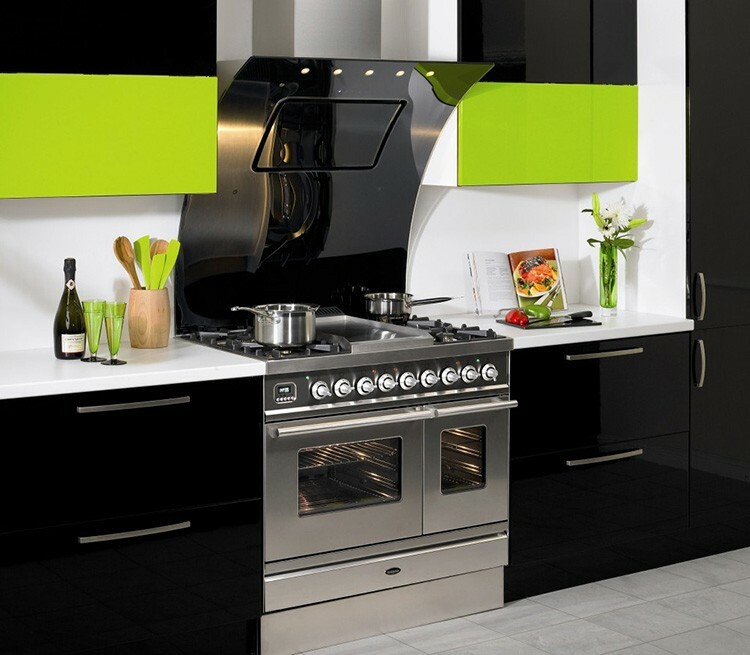
CONTENT
- 1 Device and principle of operation
- 2 Types of kitchen hoods and their features
- 3 The most important characteristics of kitchen hoods with ventilation ducts
- 4 How to correctly choose a hood for the kitchen - the subtleties of selection depending on the needs
- 5 Nice bonus! Types of air ducts for hoods
- 6 How to connect a kitchen hood to ventilation - installation tips
- 7 Features of the care of hoods with access to ventilation
- 8 Advantages and disadvantages of a kitchen hood with a ventilation outlet
- 9 Summing up + small rating of models for 2018
Device and principle of operation
The design of the hood does not undergo significant changes over time. Unless sometimes engineers add additional functions to the models, or designers give the device a unique and futuristic look.

The basic components of the device are:
- Frame. It is made of metal or plastic (depending on the cost of a particular model).
- Fan. Provides the intake of air and various vapors into the ventilation duct.
- Coarse filter. Metal mesh or perforated sheet of thick foil. Retains heavy vapors that can clog system elements. Unlike other parts, the filter is removable and can be manually cleaned.
- Air duct. This component connects the entire structure to the ventilation shaft.
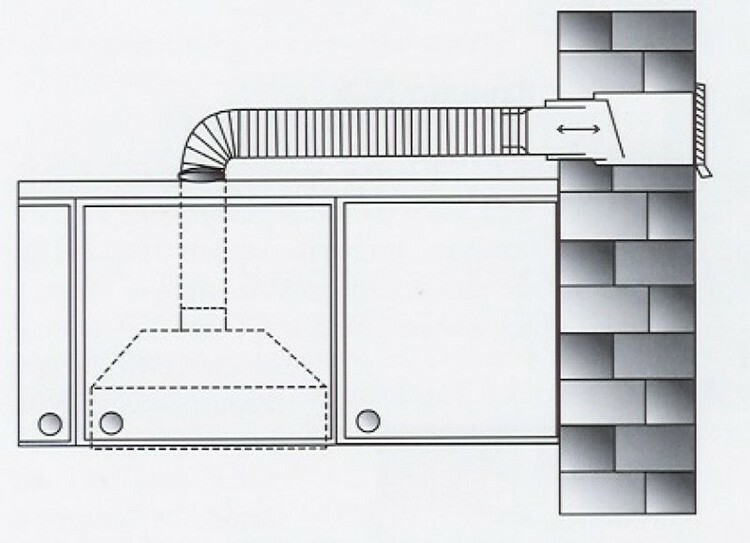
The principle of operation of such a hood is as follows: when the owner turns on the device, the fan starts up, and all the air is gradually drawn inward. Heavy particles settle on the filter, the rest is sent to the air duct. Directly from it, the remaining vapors enter the ventilation duct, followed by finding themselves at the final point - outside the room.
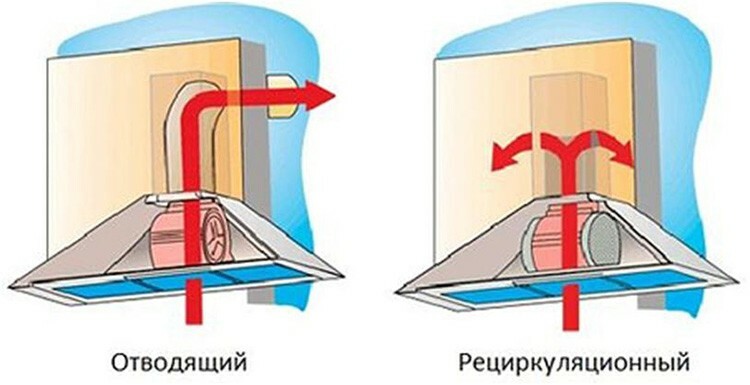
Types of kitchen hoods and their features
The modern market offers a lot of structurally different products that allow you to take into account the design of your kitchen, the location of the stove, as well as a lot of other factors. Today, the following types of kitchen hoods are distinguished.
Suspended structure
This model is attached directly to the wall. They are flat or domed in shape. The main advantages can be considered the economy of the occupied space, a large number of budget models, as well as the possibility of sizing in accordance with the installed gas or electric stove.
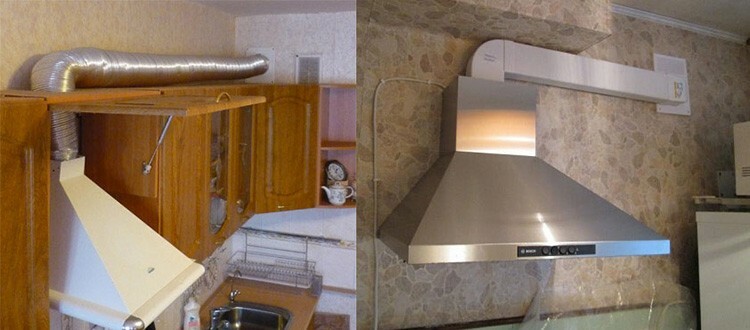
Island (suspended) construction
Unlike the previous solution, the island type assumes installation on the ceiling. This option is suitable for those who have a stove not against the wall, or have a suspended ceiling in the kitchen. However, there are also drawbacks - the high cost of equipment and its installation.

Built-in design
Sometimes kitchen furniture manufacturers will install a hole in one of the hanging cabinets. If you own such a complete set, you can opt for a built-in hood without hesitation. Saving space in the room, ease of installation and the ability to fit into even the most sophisticated interior will be undoubted advantages.
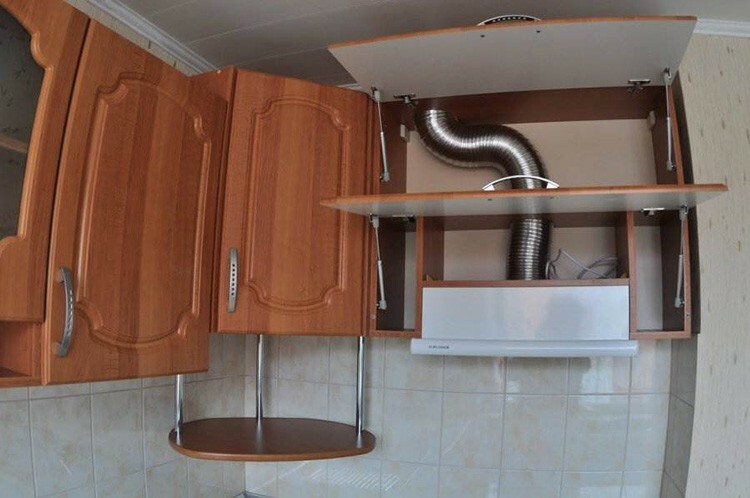
Corner construction
Many people tend to place the stove in the corner of the kitchen. This is a sensible approach, and an angular shape was invented specifically for such a layout. It will save space well in a small room. Otherwise, this option is similar to a hinged view.
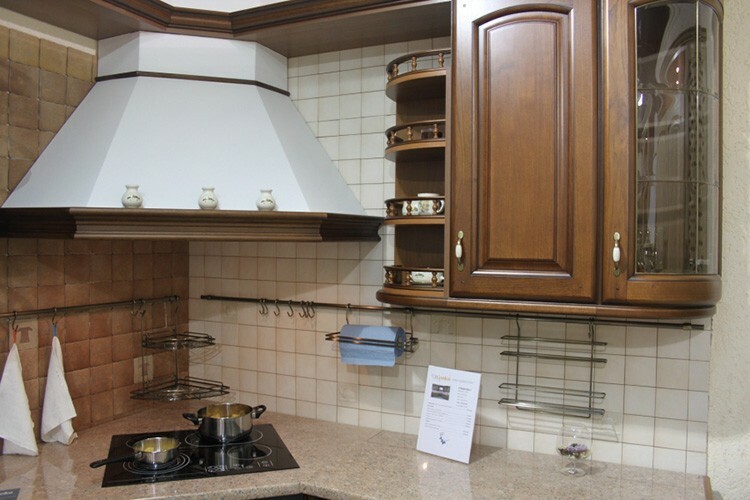
Inclined design
This model is a subspecies of the mounted version. Suitable for stylish and small kitchens. In addition to compactness, the advantages include ease of cleaning. But, alas, the cost of such a device will be much higher than simple offers.
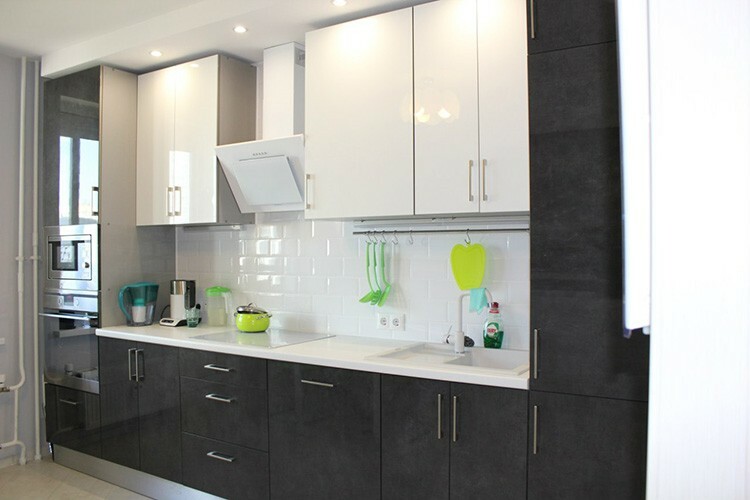
NOTE!
For the wealthiest and most respectable people, there is an elite type of hoods - fireplaces. They are distinguished by a unique and sophisticated appearance. For a full-fledged work, you need high-quality ventilation in a house or apartment. Also, this option is considered one of the most time consuming in terms of installation.
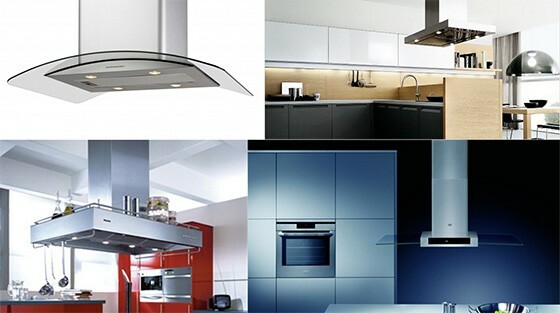
The most important characteristics of kitchen hoods with ventilation ducts
Having decided on the design features, one cannot but pay attention to the technical parameters of the product. The appearance is pleasing to the eye, but in the fight against odors, you will be helped primarily by the model's capabilities in terms of functionality. Let's move on to taking a closer look at the most valuable traits.
Performance and calculation of the power of the hood for the kitchen
This indicator indicates how much air the device can pass through itself in one hour. An incorrect calculation of this value will lead to the fact that the air will not be cleaned in a timely manner (or you will overpay for extra numbers that will not affect efficiency in any way).
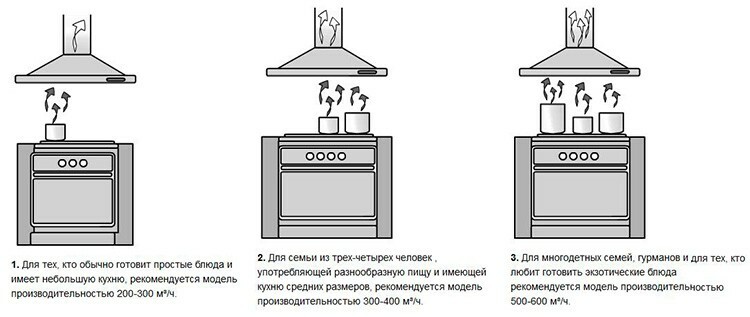
In order not to be mistaken and choose a model that truly meets the needs, it is enough to use the formula for calculating the performance of the hood for the kitchen:
P × V × 1.3 × 12
P - this is the area of your kitchen;
V - height from clean floor to ceiling;
1,3 - equalizing factor (takes into account the power losses from the length of the ventilation channel, the number of bends in the channel, as well as the quality of the ventilation system);
12 - the value of the air exchange rate (the update should take place every 5 minutes, i.e. 12 times per hour).
After calculating the value, add another 10-15 percent to the resulting figure. Using this value, you can always easily choose a good model that suits you.
Noise level
Most people ignore this characteristic at first. And in vain, because if the product is powerful in terms of performance, its noise will be heard not only in the kitchen, but also in the living room.
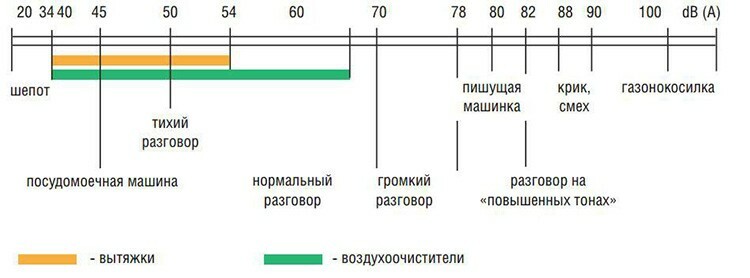
When purchasing a kitchen hood with an air duct, be sure to inquire about its noise level. If the indicator exceeds 50 dB (decibel), it is better to forget about buying it. Moreover, if you live in an apartment, and not in a private house.
Control Panel
Any kitchen hood with outlet for ventilation works with the help of electricity - this is a long-known fact. To turn the device on and off, adjust the suction power, etc., it is necessary to have control elements. In our case, they are displayed on a special panel, which usually has three types:
- Mechanical control - buttons or sliders. Timeless "classic" for maximum reliability and durability. But some may find it uncomfortable.
- Touch display / buttons - you control all indicators with light clicks on certain areas of the body. It looks nice and comfortable, but the durability, in comparison with the first option, is much lower.
- Hybrid - a combination of mechanical and sensory elements. It is not so common, and the ease of use, to put it mildly, is "not for everybody".
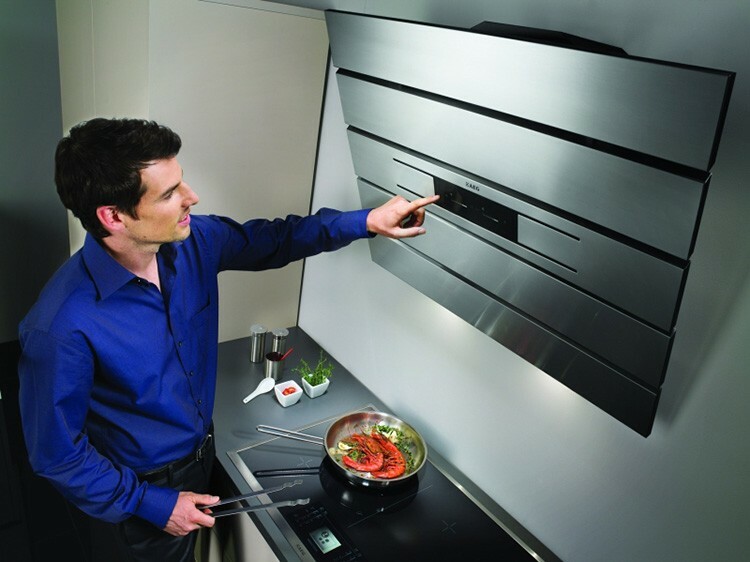
Body materials
The quality and properties of the material from which the hood is made will determine the cost, durability, as well as the image component. The most budget models are made of plastic or use an enamelled steel base. More presentable solutions have a stainless steel case. DeLuxe class appliances are made using tempered glass.
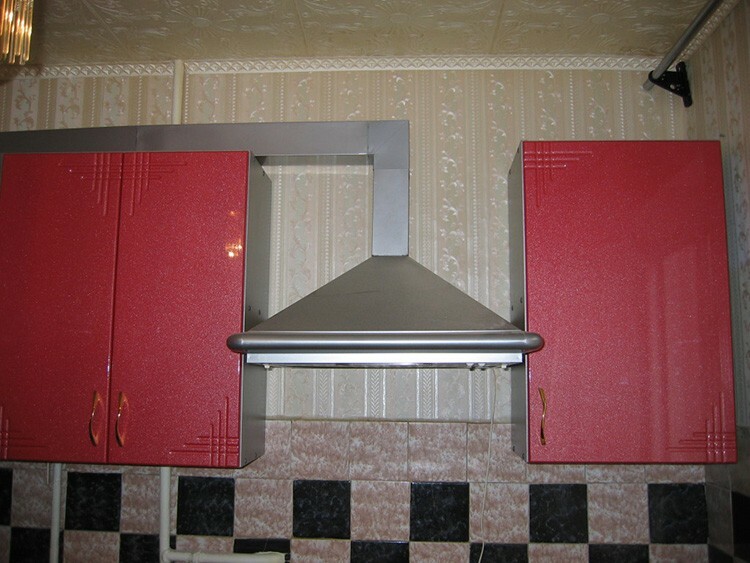
Dimensions (edit)
The choice of this parameter is influenced primarily by the actual values of the dimensions of the stove in the kitchen. When making your difficult choice, keep in mind that the dimensions of the hood for the kitchen should not exceed the dimensions of the hob in length and width by more than 10 centimeters. It is also necessary to choose the correct installation height - for a gas stove this distance is 75 centimeters, for electrical panels - 65 centimeters.
Availability of lighting
Almost all modern models have built-in lighting. In budget devices, simple incandescent lamps are installed, which often need to be replaced. More expensive offers are equipped with either halogen or LED bulbs. The latter option will be the most profitable and economical in terms of energy consumption.
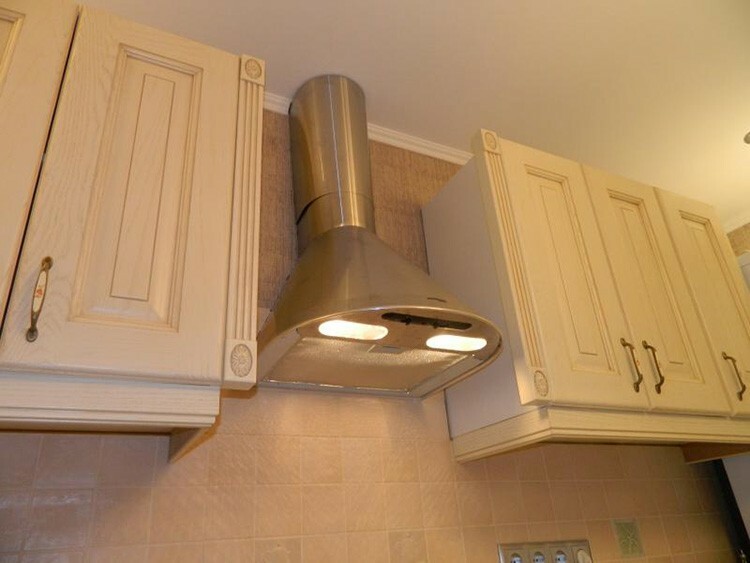
NOTE!
Halogen lamps have many advantages, but with all this they have an unpleasant effect - the cooked food will take on an unnatural tint when it is on the stove.
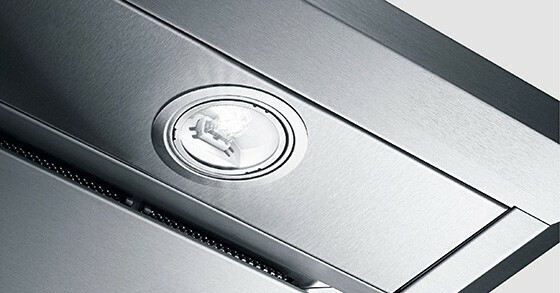
Additional "chips"
Some companies equip their hoods with additional functionality - automatic activation when steam appears, an on / off timer, the ability to change the suction speed. In fact, these components do not affect the final result, they just simplify the operation. To pay extra money for it or not - choose yourself according to your needs and "wallet thickness".
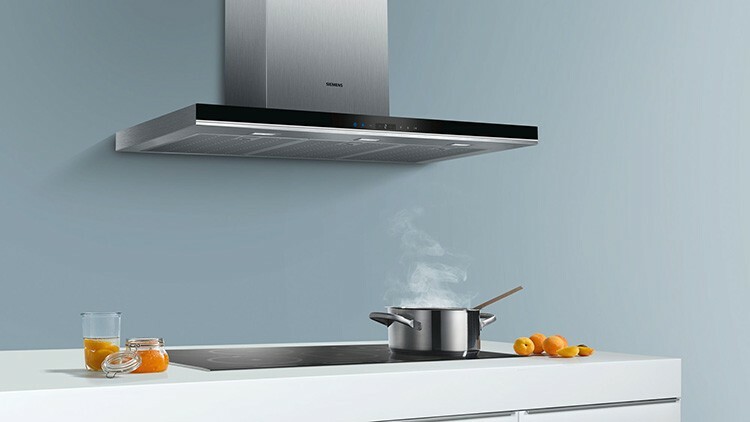
How to correctly choose a hood for the kitchen - the subtleties of selection depending on the needs
Gradually collecting all the available information into a single whole, we will try to collect in one table the most significant points characterizing a good kitchen hood with an air duct, depending on the needs buyer.
| Level of needs | Power | Noise level | Control Panel | Body materials | Availability of lighting |
| Small family or single person (budget) | 200 to 300 m3 / h | No more than 60 dB | Mechanical | Plastic or enamel | LED |
| Average family (budget) | From 300 to 400 m3 / h | Not more than 50 dB | Mechanical | Enamel or stainless steel | LED |
| Big family (budget) | From 500 m3 / h and more | Not more than 50 dB | Mechanical or hybrid | Enamel or stainless steel | LED |
| Small family or single person (medium to high) | From 300 to 400 m3 / h | Not more than 50 dB | Mechanical or sensory | Stainless steel | LED or halogen |
| Average family (middle and high level) | From 300 to 400 m3 / h | Not more than 50 dB | Sensory or hybrid | Stainless steel or toughened glass | Any modification |
| Large family (medium and high level) | From 500 m3 / h and more | Not more than 50 dB | Sensory | Stainless steel or toughened glass | Any modification |
Nice bonus! Types of air ducts for hoods
The editorial board has prepared a small gift exclusively for our readers. Now we will tell you about the types of air ducts for exhaust technology. This point is often overlooked, but any hood for a kitchen with the removal of air and steam masses will be less effective if this component is incorrectly selected.
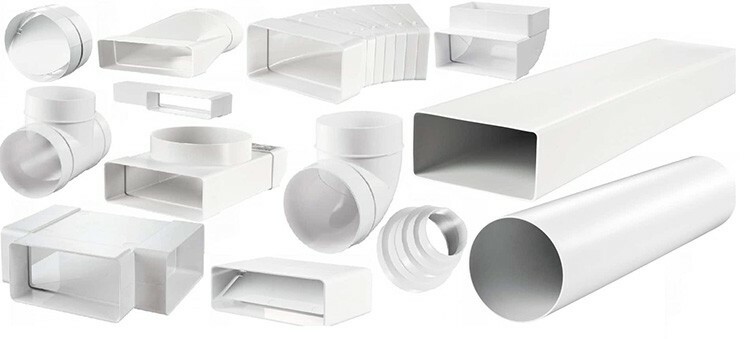
Today, the following types of air ducts are distinguished:
| Duct type | Dignity | Flaws |
| By form: | ||
| Rectangular | Aesthetic, easy to hide behind cabinets, wide possibilities for assembly complexity. | Low throughput compared to round or oval shape. |
| Flat | Cm. rectangular type. | Cm. rectangular type. |
| Round | High performance. | Bulky, difficult to hide, an adapter is needed if the ventilation hatch is rectangular. |
| Oval | Cm. round type. | Cm. round type. |
| By material: | ||
| Plastic | Does not corrode, has a low weight, ease of assembly, low cost. | Requires a large number of additional elements during assembly, poor resistance to high temperatures. |
| Steel | Affordable prices, heat resistance, smooth surface does not accumulate fumes and grease. | A large mass of the structure, materials are required for sealing, they make noise during the operation of the system. |
| Aluminum | Ease of installation, high temperature resistance. | Not aesthetic, low strength, prone to condensation. |
| By configuration: | ||
| Flexible | It can take any shape, variable dimensions. | Loses performance with increasing length. |
| Hard | It prevents the accumulation of grime and grease, and is easy to install. | High price. |
How to connect a kitchen hood to ventilation - installation tips
In order to properly connect the hood to the ventilation in the kitchen, you need to follow some rules, formed with the help of many years of experience of masters of installing and connecting hoods in kitchen premises.
- The hinge of the device body must be carried out exclusively according to the building level, special attention should be paid to the observance of the horizontal.
- Be sure to check the height between the hob and the hood. We have attached the size requirements in the screenshot.

- If the air duct you purchased is more than 3 meters in length, install an additional fan - this will not lose power.
- When connecting the hood to the ventilation shaft, the bend of the air duct should not exceed 90 degrees.
- Try to use pipes of the same cross-section at all points of installation, as changes in thickness are fraught with high noise levels.
- Do not under any circumstances block the ventilation hole in the wall when the hood is led out into the duct.
- If funds permit, we recommend purchasing a valve that prevents backdraft. Performance increase is guaranteed!

Features of the care of hoods with access to ventilation
We haven’t chosen a cooker hood yet, as there are several important pieces missing from the puzzle. An important component of good technology is the specificity of cleaning such hoods.
Manufacturers recommend cleaning the device at least once a week. To ensure maximum efficiency, it is necessary not only to treat the outer surface with a detergent, but also to get a coarse filter, since a large part of the contamination settles on it.
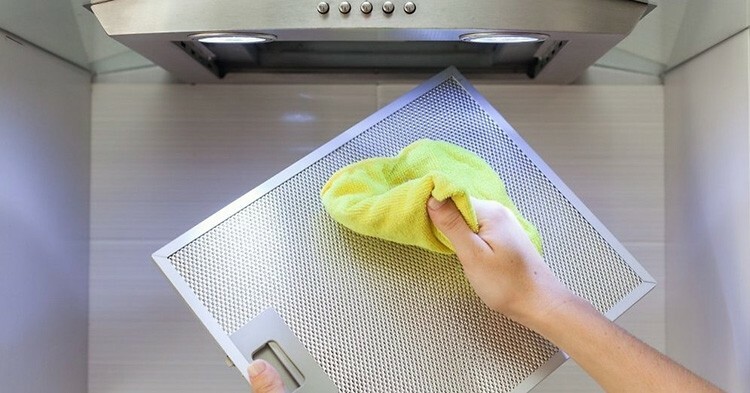
It is also advisable to clean the ventilation duct at least once a year. Qualitatively, specialized organizations will help to carry out this procedure.
Advantages and disadvantages of a kitchen hood with a ventilation outlet
Before you buy a hood with an outlet for the kitchen, you need to finally weigh all the points and decide whether it really will be the option that will fully satisfy all your needs. To do this, you need to compare the strengths and weaknesses of this type of technique. Drawing conclusions from the materials of our article, the following main indicators can be distinguished:
| Dignity | Flaws |
| Good performance, especially with two filters. | Installation of the device requires certain skills or the call of a specialist. |
| Removal of contaminants contained in air and vapors by 99.9%. | Before installation, it is necessary to carry out a large complex of preparatory work that requires additional costs. |
| Easy to maintain (filters can be removed and washed by hand). | The hood has a high noise level. |
| There is no need to change filters as they are washable. | You need a constant supply of fresh air from the street for it to work properly. |
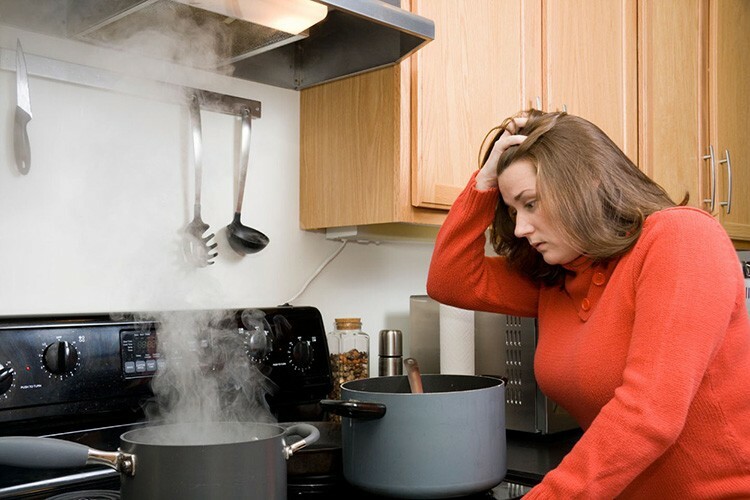
Summing up + small rating of models for 2018
Our article is coming to an end. Today you have studied a lot of useful materials and you can even choose your ideal one yourself. Even if after reading your choice has changed in favor of hoods without venting, you can use the experience gained for further comparison and search.
Before we say goodbye, we want to make another gift for you and offer you the best kitchen hoods for 2018 with photos and prices for better orientation.
| Name | Appearance | Average price in the Russian Federation, rubles | Editorial rating Tehno.guru, points |
| Hoods with a width of 50 cm or less for the kitchen | |||
| Elikor Integra 45 | 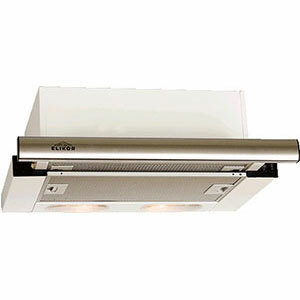 | 4 500 | 4,7/5 |
| Krona Kamilla 450 Sensor | 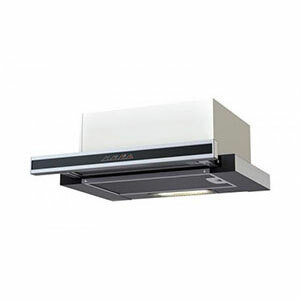 | 7 415 | 4,5/5 |
| Krona Pamella 400 | 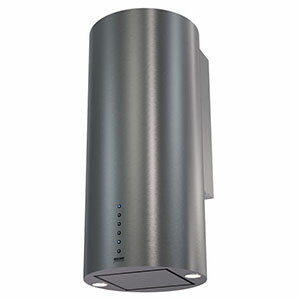 | 32 080 | 4,8/5 |
| Hoods 60 cm wide for the kitchen | |||
| Krona Kamilla 2M 600 Sensor |  | 8 400 | 4,6/5 |
| Shindo Pallada 600 | 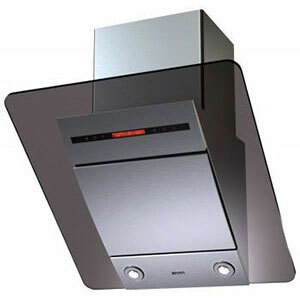 | 21 465 | 4,8/5 |
| Maunfeld Cascada Trio 60 | 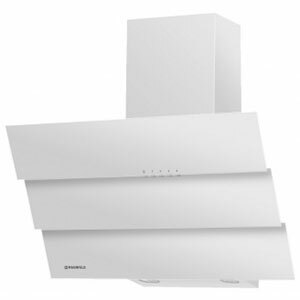 | 13 470 | 4,8/5 |
| Hoods 90 cm wide for the kitchen | |||
| Cata Ceres 900 | 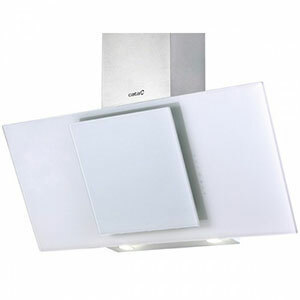 | 13 500 | 4,6/5 |
| Asko CW 4924S | 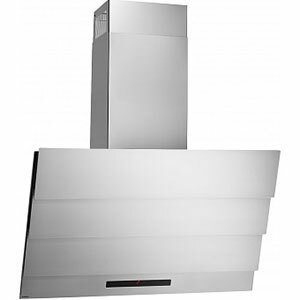 | 54 800 | 4,7/5 |
| Bosch DWB 091U51 |  | 30 100 | 4,8/5 |


